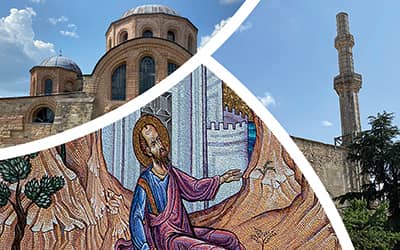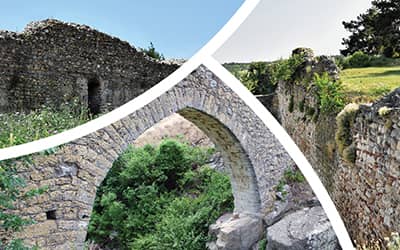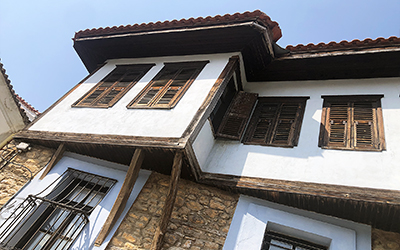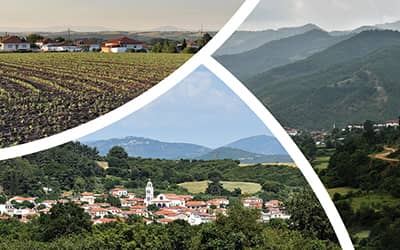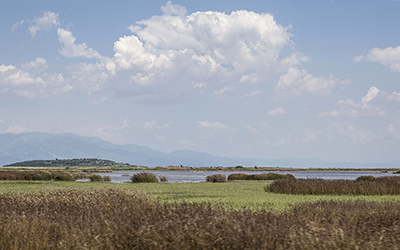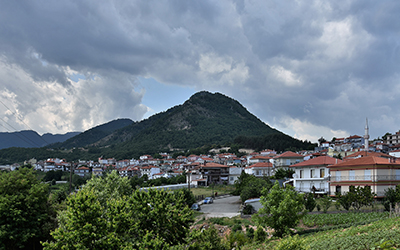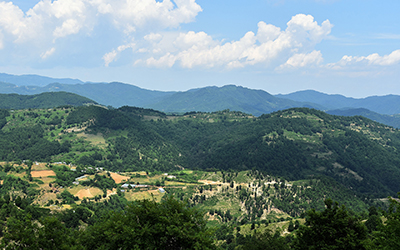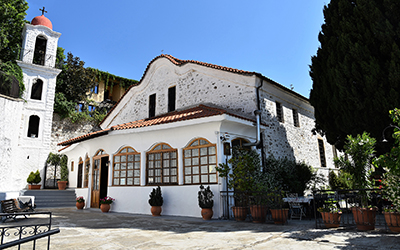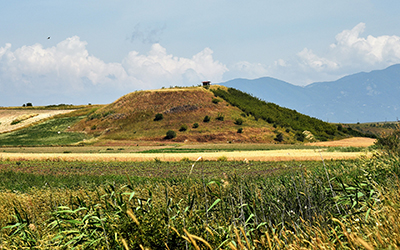Urban myths and legends of Xanthi
From : Porto Lagos
To: Xanthi
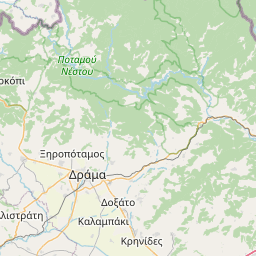

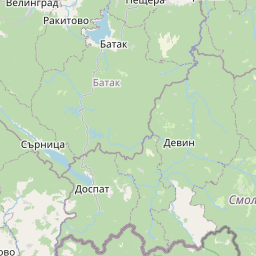


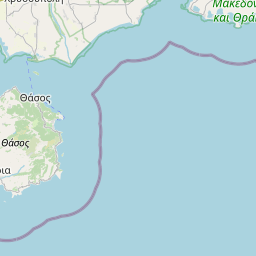












The creation of stories which attempt to explain something, entertain and teach, or are based on echoes of real events, did not of course cease to happen after antiquity.Legends and myths are present everywhere, even today. They are spread by word of mouth, with incredible dynamics. Some of them are occasionally recorded in publications, apart from being recorded in collective memory. On the route “Urban myths and legends of Xanthi”the Regional Unit of Xanthi is presented through 10 selected urban myths and legends. They cover the entire region geographically and a wide chronological range.Today’s visitors can travel from the coastal to the mountainous region of Xanthi and from the region’s old Ottoman capital to the old town of Xanthi and its Byzantine acropolis. They can also discover the urban myths and legends of the area by visiting the places they are associatedwith. Discover them also by chatting with the locals, who keep them in their memory!


